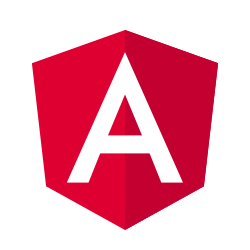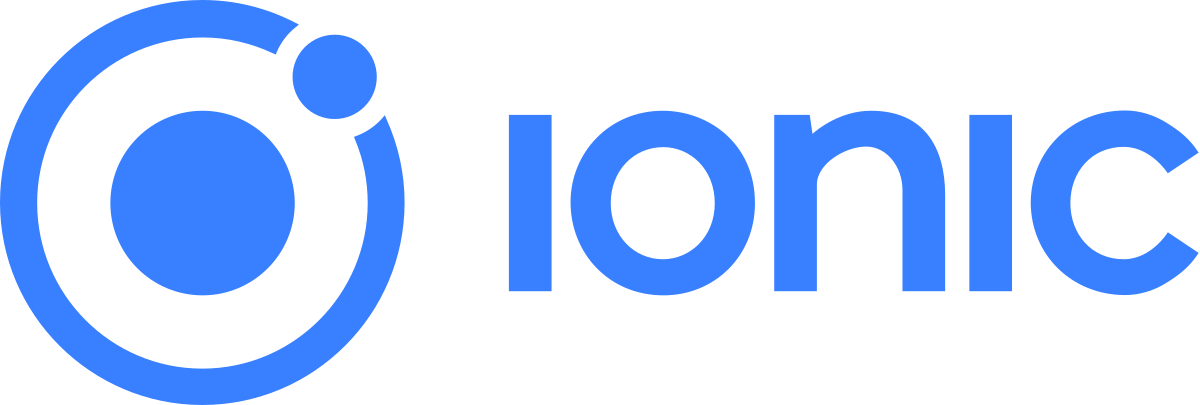5 Best Frameworks That Are Most Suitable For Progressive Web Applications
Progressive Web Apps are built to give the customer the best of both worlds mobile and web. Since its arrival in 2015, it has proven to be a big hit with businesses. With the significant increase in smartphone usage, businesses and developers have been quick to adapt to the many changes in technology to provide a sophisticated experience to end users.
Progressive web applications
1. Angular
Angular uses JavaScript to build robust and reliable progressive web applications. Introduced by Google back in 2010, Angular is the most popular PWA framework due to its modular nature.
Pros: With AOT compilers, Ahead of Time optimizes a fast application by converting Angular HTML and TypeScript code to simple JavaScript code long before the browser downloads and runs the application.
Cons : Using Angular requires an understanding of the TypeScript framework. It is quite complex to learn and not suitable for SEO.

2. ReactJS
React is a development framework created by Facebook and has a larger developer community compared to Angular. Its flexibility makes it the most preferred framework among developers.
Pros : React uses a virtual DOM or Document Object Model, which makes rendering applications fast and error-free. It has extensive open-source JavaScript that supports application scaling.
Cons : Implementation with React is difficult because it does not have a set methodology, which can also be attributed to the lack of documentation.
3. Ionic
The Ionic framework is based on Angular and Apache Cordova. It is the most widely used framework for creating hybrid applications.
Pros : Ionic comes with a traditional layout style, UI elements and built-in plugins. This means low maintenance costs. Development costs are also low considering that it is an open-source framework.
Cons : The main disadvantage of this framework is that it requires constant updates of the web application according to the latest changes.

4. Vue
Compared to React and Angular, Vue is a relatively newer framework. It is similar to React in that it uses Virtual DOM for high-speed rendering.
Pros : Vue worked on existing technologies like CSS and HTML and improvised on them. Developers comfortable with these languages can use Vue to quickly create PWAs. It is supported by companies like Laravel and Alibaba.
Cons : Since it is owned by a single person and not a company, the support system for this framework is quite small. The downside to the flexibility of this framework is that it leads to problems more often.
5. PWA builder
If you want to convert your current website into a progressive web application, PWA builder is your framework. Founded by Microsoft, the PWA builder focuses on increasing the adoption of intuitive and high-speed PWAs.
Pros : It has a complex but easy-to-use development process that is well documented. This is another advantage for new developers using this framework apart from the fact that it is supported by a dedicated Microsoft team.
Cons : PWA builder is best suited for small and medium sized websites. If there are specific needs and the building to be built is large and extensive, then a PWA builder may not be the right choice. With this framework, the process is also automated, making it difficult to make any required adjustments.
Conclusion
Although the above frameworks have their drawbacks over time, each has managed to provide extreme convenience to developers. It is therefore crucial in choosing the right framework for progressive web applications as per the requirements as it determines the id of the application being developed.









